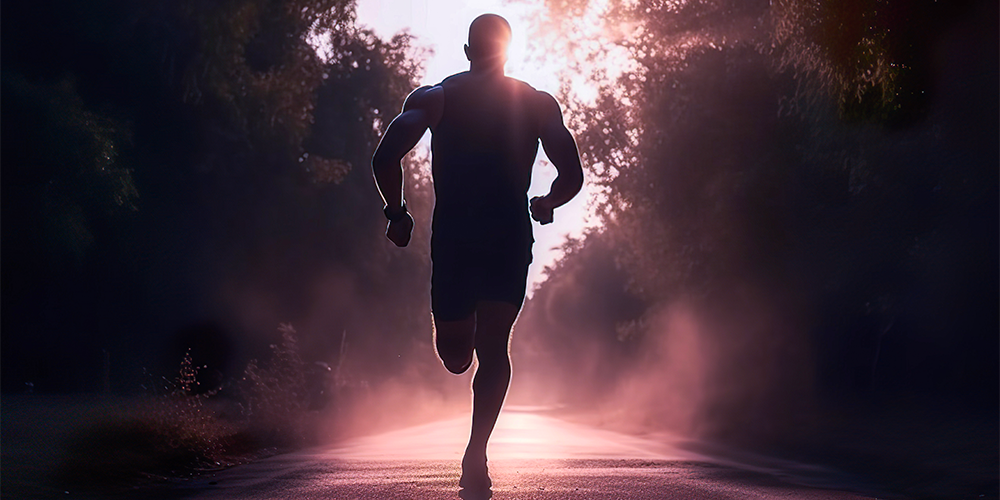Effective sun protection is essential for endurance athletes. But how safe are sports clothes?
Basically, there are two ways to protect yourself: Through sunscreens with UV protection and through appropriate clothing. In principle, fabric protection is far more effective and sustainable. Because while the protection provided by sunscreen wears off over time – and can only be prolonged to a limited extent by “re-creaming” – the skin is permanently protected at a high level with good clothing.
Sportswear with UV protection is available from almost all suppliers, but many of them only offer protection above a certain UPF. This abbreviation refers to the “Ultraviolet Protection Factor” – the unit of measurement for UV protection, so to speak. The UPF indicates how much longer you can stay in the sun without damaging your skin. This value is comparable to the sun protection factor (SPF) of sun creams. The corresponding UPF should always be used in conjunction with the skin’s own protection, which is strongly dependent on the individual skin type. People with a fair complexion, for example, only have an inherent protection time of five to ten minutes before they risk a dangerous sunburn. With a shirt with UPF 20, this time can therefore be extended by a factor of twenty.
Not all clothing protects equally well
UV protection in clothing is achieved primarily through a very dense fabric construction, which ensures permanent protection, which would not be the case if the fabric were impregnated with chemicals. In addition, the fibers usually used also have a reflective effect. In general, the more open a construction is, the less protection it offers.
And the color also plays a role: dark colors usually achieve better UV protection than light colors, since the color pigments also absorb UV radiation. However, not every dark shirt automatically protects well against UV rays. With natural fibers such as cotton or linen, the protection is relatively low. A white T-shirt, for example, offers a UV protection factor of just 10-15. If it is wet, the fibers are virtually transparent and no longer offer any protection at all. Only natural silk offers a relatively high UV protection of 20-30, because these fibers have matting components.
How is it measured?
There are different standards for determining the UPF. The Australian/New Zealand standard is measured in the dry, unstretched state. More stringent, however, is the UV Standard 801, which also takes into account stress and strain during use (in stretched and wet conditions). UV Standard 801 is considered by experts to be particularly practical, as it takes the most unfavorable wearing conditions as a basis.
In general, UV protection is reported for clothing up to a value of 80. This protection provides reliable all-day protection even for the most sensitive skin type. Endurance athletes should ask about UV protection when buying sportswear and look for a protection factor of at least 40. In combination with a sunscreen with an equally high sun protection factor for the uncovered parts of the body, suitable headgear and sunglasses, this ensures good protection for a good three hours.
How to calculate your self-protection time
The basis of the protection calculation is the self-protection time, which is between 5 and 10 minutes and depends on the skin type. If you want to be sure, use the minimum 5 minutes as a basis. People with a dark skin type can use a higher value. This value is then simply multiplied by the UPF of the clothing or sunscreen.
Ready to revolutionize your training? Try 2PEAK free for 14 days!
This Blog Article was made available to us by Fit for Life. Fit for Life is the Swiss magazine for fitness, running and endurance sports. Would you like to read such articles regularly? Then Click here.

